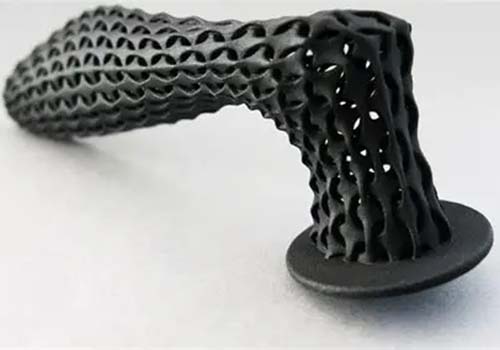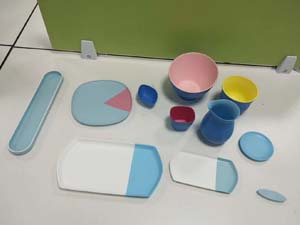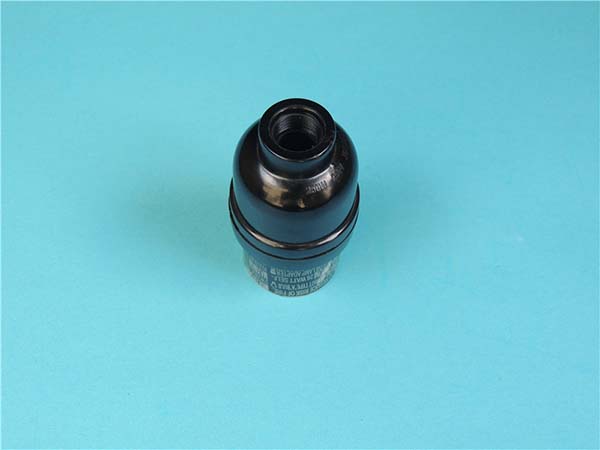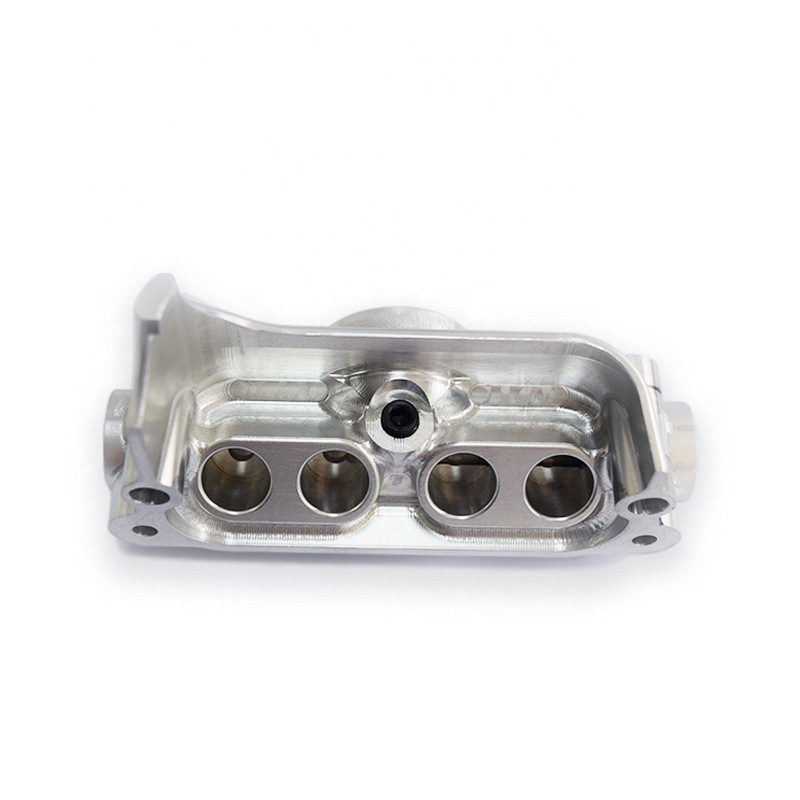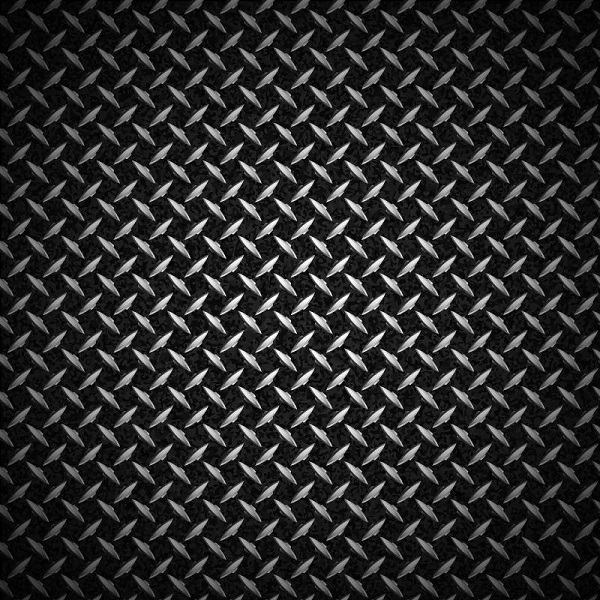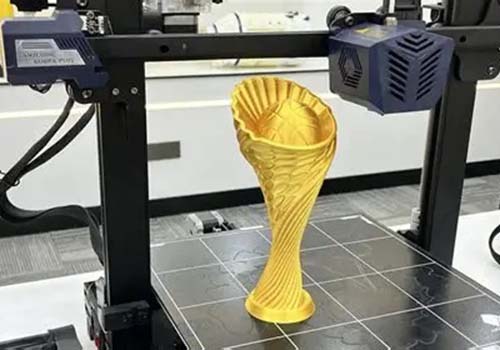If you’ve ever wondered how to 3D print objects that bend, stretch, or feel soft—like custom phone cases that cushion drops or flexible prosthetic components—3D flex printing is the answer. At its core, 3D flex printing is a specialized branch of additive manufacturing that uses flexible, elastic materials to create parts with mechanical properties similar to rubber, silicone, or fabric. Unlike traditional 3D printing (which often produces rigid plastic parts), it lets you make objects that retain their shape after being twisted, compressed, or stretched—opening up a world of possibilities for consumer goods, healthcare, fashion, and more.
Below, we’ll break down everything you need to know to use 3D flex printing effectively, from how it works to choosing the right materials, troubleshooting common issues, and real-world examples of its impact.
How Does 3D Flex Printing Work?
3D flex printing relies on the same foundational additive manufacturing principles as other 3D printing technologies (layer-by-layer material deposition) but swaps rigid filaments for flexible polymers. The key difference lies in how the material is melted, extruded, and cooled to maintain elasticity.
Most hobbyists and small businesses use Fused Deposition Modeling (FDM) for 3D flex printing, as it’s affordable and easy to adapt for flexible filaments. Here’s a step-by-step breakdown of the process:
- Material Preparation: Flexible filament (often a thermoplastic elastomer, or TPE) is loaded into the 3D printer’s extruder. Unlike rigid PLA or ABS, flexible filaments are soft and can “bunch up” if not fed properly, so many printers use a direct-drive extruder (instead of a bowden setup) to reduce friction.
- Heating & Extrusion: The extruder heats the filament to its melting point (typically 180–230°C, lower than rigid plastics). The printer then pushes the molten material through a small nozzle (0.4mm is common for flexibility) onto the build plate.
- Layer Bonding: Each layer adheres to the one below it as it cools. For flexibility, layers must bond weakly enough to allow movement but strongly enough to avoid splitting. Printers often use slower print speeds (20–40mm/s) to ensure even deposition.
- Cooling & Removal: The build plate (kept at 40–60°C for most flexible materials) cools the part gradually to prevent warping. Once finished, the part is peeled off the plate—no harsh chemicals needed.
A real-world example: A small electronics startup I worked with used this process to print custom flexible cable organizers for their smartwatches. By adjusting print speed and layer height, they created organizers that stretch over thick cables but stay in place during use—something rigid PLA could never achieve.
Key Materials for 3D Flex Printing
Not all flexible materials are the same. The best choice depends on your project’s needs (e.g., stretchability, durability, or cost). Below is a breakdown of the most popular options, with their pros, cons, and ideal uses:
| Material Type | Key Properties | Print Temperature | Ideal Projects | Pros | Cons |
| Thermoplastic Polyurethane (TPU) | 50–95 Shore A hardness; 100–600% elongation | 190–230°C | Phone cases, gaskets, shoe insoles | Affordable; easy to print; good durability | Less stretchy than TPE; can absorb moisture |
| Thermoplastic Elastomer (TPE) | 30–80 Shore A hardness; 300–1000% elongation | 180–220°C | Prosthetic liners, flexible toys, wearable tech | Ultra-stretchy; soft texture | Prone to stringing; more expensive than TPU |
| Flexible PLA (Flex PLA) | 60–70 Shore A hardness; 50–150% elongation | 180–210°C | Decorative parts, simple grips | Low cost; compatible with all FDM printers | Low durability; loses flexibility over time |
| Silicone-Based Filaments | 20–50 Shore A hardness; 500–800% elongation | 200–240°C | Medical seals, food-safe parts | Heat-resistant; biocompatible | Very expensive; requires specialized nozzles |
Pro Tip: For beginners, start with TPU (like NinjaFlex or eSun FlexiTPU). It’s more forgiving than TPE and works with most standard FDM printers—you’ll avoid common headaches like filament jams or poor layer adhesion.
Critical 3D Flex Printing Settings to Master
Even the best flexible filament will fail if your printer settings are off. These are the non-negotiable adjustments to get right:
1. Extruder Type: Direct-Drive vs. Bowden
Bowden extruders (where the motor is separate from the nozzle) work for rigid filaments but struggle with flexible ones—they create too much friction, causing the filament to “bunch” in the tube. Direct-drive extruders (motor attached directly to the nozzle) are far better for flex printing, as they provide consistent pressure. If you only have a Bowden printer, use a shorter PTFE tube (under 300mm) to reduce resistance.
2. Print Speed
Flexible filaments need slow speeds to avoid stretching mid-print. Aim for 20–40mm/s (half the speed of rigid PLA). A case study from 3D printing brand Prusa found that printing TPU at 30mm/s reduced stringing by 70% and improved layer bonding compared to 60mm/s.
3. Layer Height & Nozzle Size
- Layer Height: Use 0.15–0.25mm. Thinner layers (0.15mm) create more flexible parts but take longer to print; thicker layers (0.25mm) are faster but slightly stiffer.
- Nozzle Size: Stick to 0.4mm. Larger nozzles (0.6mm+) can cause the filament to ooze, while smaller nozzles (0.2mm) are prone to clogging with soft materials.
4. Retraction Settings
Retraction (pulling filament back to prevent oozing) is trickier with flex materials—too much retraction can “pinch” the filament, causing jams. Start with 1–2mm retraction distance and 20–30mm/s retraction speed. Test prints (like a simple flex cube) will help you fine-tune this.
Real-World Applications of 3D Flex Printing
3D flex printing isn’t just a hobby—it’s transforming industries by solving problems rigid 3D printing can’t. Here are three impactful use cases:
1. Healthcare: Custom Prosthetics & Orthotics
Prosthetists often struggle to find off-the-shelf liners that fit patients’ unique limb shapes. With 3D flex printing, they can scan a patient’s limb and print a custom TPE liner that conforms to every curve. A 2023 study in the Journal of Prosthetics and Orthotics found that patients using 3D-printed flexible liners reported 40% less discomfort than those using traditional foam liners.
2. Fashion & Wearables
Designers are using 3D flex printing to create avant-garde clothing and functional accessories. For example, sportswear brand Adidas used TPU to print flexible midsoles for their Futurecraft 4D shoes—each midsole is tailored to a runner’s gait, providing targeted cushioning. Smaller brands are also getting in: a startup in Berlin prints flexible, washable face masks with built-in filters using Flex PLA.
3. Industrial Gaskets & Seals
Manufacturers rely on gaskets to prevent leaks in machinery, but rigid gaskets often crack under pressure. 3D-printed TPU gaskets are resistant to oil, heat, and vibration—making them ideal for automotive and aerospace applications. A leading car parts supplier reported that switching to 3D-printed flexible gaskets reduced their production costs by 35% (no more mold setup fees for small batches).
Troubleshooting Common 3D Flex Printing Issues
Even experts run into problems with flex printing. Here’s how to fix the most frequent issues:
| Issue | Cause | Solution |
| Filament Jams | Friction in Bowden tube; too much retraction | Switch to direct-drive; reduce retraction to 1–2mm |
| Poor Layer Adhesion | Print speed too fast; temperature too low | Slow speed to 25–30mm/s; increase extruder temp by 5–10°C |
| Stringing (thin plastic strands) | Not enough retraction; oozing | Increase retraction by 0.5mm; add a “coasting” setting (0.2–0.5mm) |
| Part Is Too Stiff | Layer height too thick; material too hard | Use thinner layers (0.15mm); switch to a softer filament (e.g., 50 Shore A TPE) |
Yigu Technology’s Perspective on 3D Flex Printing
At Yigu Technology, we see 3D flex printing as a game-changer for both small businesses and large industries. What excites us most is its ability to bridge the gap between “prototyping” and “production”—you no longer need to choose between a flexible prototype and a mass-produced rigid part. We’ve worked with clients in healthcare to develop 3D-printed flexible wound dressings that conform to body contours, and with consumer brands to create custom flexible grips for tools. As materials become more affordable (TPU prices have dropped 20% in the last two years) and printers more user-friendly, we expect 3D flex printing to become as common as traditional FDM printing—empowering creators to build products that are both functional and flexible.
FAQ About 3D Flex Printing
1. Can I use a standard FDM printer for 3D flex printing?
Yes, but you may need small modifications. A direct-drive extruder is highly recommended, but you can use a Bowden printer with a short PTFE tube (under 300mm) and slow print speeds. Avoid printers with weak extruder motors—they may struggle to push flexible filament.
2. How durable are 3D-printed flexible parts?
It depends on the material. TPU parts can last 2–5 years with regular use (e.g., phone cases), while TPE parts are more prone to wear (best for non-abrasive applications like prosthetic liners). Silicone-based filaments are the most durable but are more expensive.
3. Are 3D-printed flexible parts waterproof?
Most TPU and silicone-based parts are water-resistant, but not fully waterproof. To make them waterproof, apply a thin coat of polyurethane sealant or use a filament with a high density (e.g., 1.2g/cm³). Avoid Flex PLA for water-exposed projects—it absorbs moisture and loses flexibility.
4. What’s the minimum cost to start 3D flex printing?
You can start with a budget direct-drive printer (around \(200, like the Creality Ender 3 V3 SE) and a spool of TPU (\)20–\(30). For professional use, a high-end printer (e.g., Prusa MK4) and specialty filaments (like medical-grade TPE) will cost \)1,000–$3,000.
5. Can I print flexible parts with multiple materials?
Yes! Many FDM printers support dual extruders, letting you combine flexible and rigid materials. For example, you could print a phone case with a rigid PLA frame and a flexible TPU grip. Just make sure both materials have compatible print temperatures.
